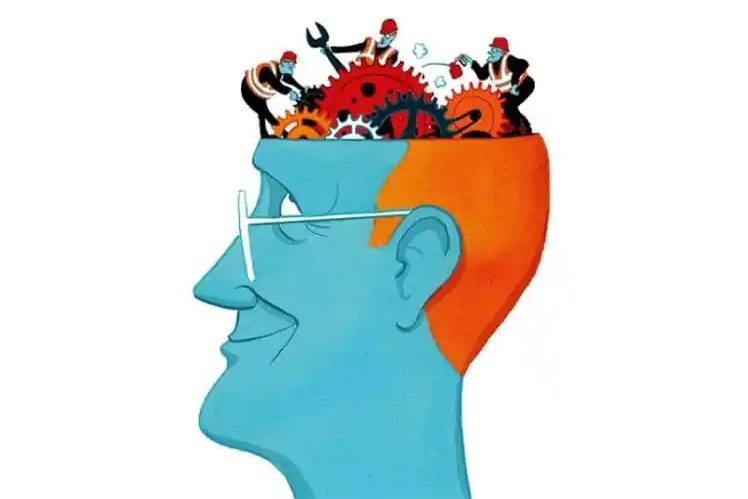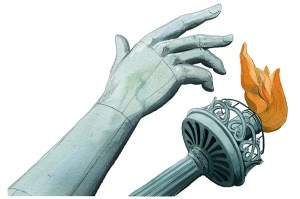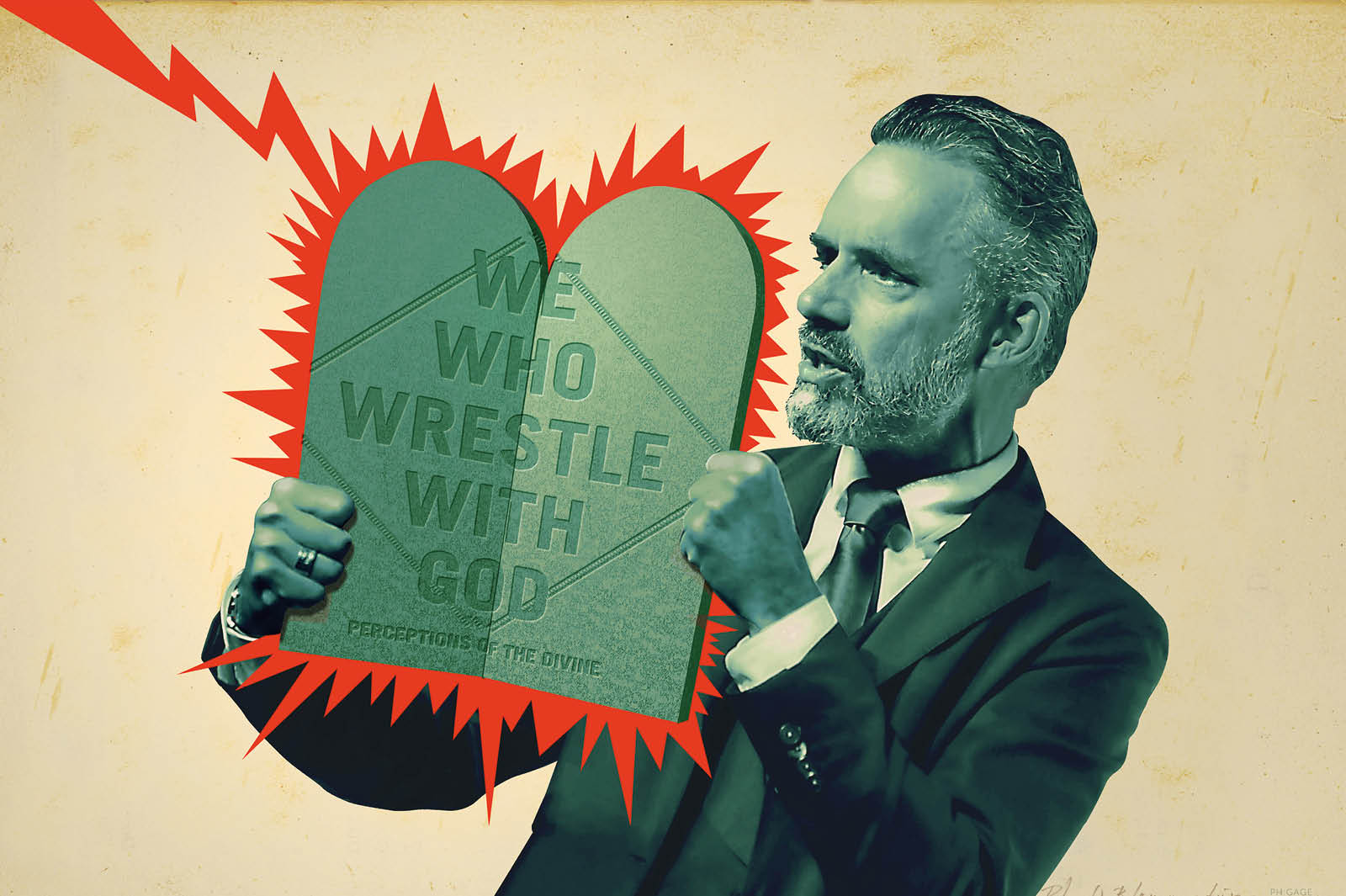The world’s greatest scientific building recently celebrated its 225th birthday. In 1799, a group of natural philosophers (the word “scientist” hadn’t been invented) founded the Royal Institution (RI) in London. The fact that the RI went on to achieve a greater rockfall of discoveries, including nine elements and the principles of electromagnetism, than has been witnessed anywhere else is extraordinary — all the more so when one considers that the organization wasn’t originally created to do research. It was created to talk about it.
The relationship between the laboratory in the basement and the lecture theater on the ground floor proved two-way. The discoveries its scientists made downstairs added lustre to their talks upstairs. Yet far more interestingly, the evidence suggests the fact that they had to talk about science may also have sharpened the edge of their research.
There’s a school of thought in psychology that believes the distinction between talking and thinking isn’t so clear
Talking, it is often assumed, is separate from thinking. First we think, then we speak. But the truth isn’t so simple or straightforward. Rewind to the birth of western philosophy and you find that its midwife, Socrates, preferred speaking to writing as the route to truth. So much so that he never actually wrote a book. Fast-forward to the birth of modernity and you discover the German playwright Heinrich von Kleist making the argument explicit in a remarkable 1808 essay entitled On the gradual formation of thoughts in the process of speech.
Von Kleist argues that if you don’t understand something, one way to solve the problem is to talk. It doesn’t matter all that much who you talk to. For it is your own speech that is the “Werkstätte der Vernunft” (workshop of reason). Speaking and thinking work together. “Language isn’t a brake on the wheel of the intelligence. It’s a second wheel on the same axle,” he said. His point is that, when the first wheel lets you down, you should try the second. “As soon as I talk to my sister about some matter, I realize what hours of hard thinking have failed to clarify.”
Our binary minds, accustomed to thinking of black as black and white as white, find this hard to accept. Yet there’s a school of thought in psychology that believes the distinction between talking and thinking isn’t so clear. Our inner thoughts fall into two types: non-verbal and verbal. The latter are a conversation we have in our heads. In the 1920s the psychologist Lev Vygotsky argued that this is rooted in the tendency of children to talk aloud to themselves when tackling a problem. Later they internalize those words and utter them silently, because social pressure makes them embarrassed to say them aloud. In other words, one familiar type of thought is actually a type of speech. Couldn’t speech itself then be a type of thought?
Might it be true that speaking isn’t the adopted child of thinking, but its twin sibling? Well, consider the fact that our legal system is founded on the exchange of arguments that are spoken, not written. Then consider that when it comes to making new laws, we choose to talk about them in parliament, a word that literally means a place for talking about things. Consider that if you phone the Samaritans in distress, they will listen, but not advise. They’ll let you talk. The idea is that you’ll talk yourself toward a wiser solution than they could.
It’s pretty clear that, when it comes to the things that really matter — justice, running the country, saving people’s lives — we don’t trust the written word. It’s speech we turn to.
This is why events in the RI’s theater, broadcast to its 1.5 million followers on YouTube, are today as vital as when they began 225 years ago. In fact, YouTube in particular, and the internet in general, are ushering in a new era, in which it looks as if the spoken word is going to play an ever greater role in our personal lives. Already if I want to learn about something — the origins of the Freudian talking cure, say, as a treatment for trauma — I’m just as likely to turn to YouTube as I am to Google, and seek out a video of someone talking about it.
I’m not alone. The pivot-to-video phenomenon has seen newspapers transferring resources from written-word journalists to the production costs for video content. They’re concerned by signs that the kids today get their news from TikTok and are keen to compete. Whether you swing right or left, you find the most incisive culture wars commentary from YouTube essayists. My wife is a fan of the transgender YouTuber ContraPoints, who often communicates using Socratic-style dialogue in which she performs both sides of the argument.
She, incidentally, is my own go-to person for talking towards truth. I’m referring to my wife now, not ContraPoints, who I’ve never met. As we’ve seen, von Kleist used to buttonhole his sister. For Moliere, it was his serving maid. Like Moliere and his maid, I trust my wife’s judgement more than my own, even if I don’t share her love of ContraPoints (who talks too much even for me). In the absence of such a companion, I recommend the microphone button at the bottom of your phone keypad. Talk into a note and then read it back. This works too.
I’m pleased to report that the tradition of talking-as-thinking continues at the RI. I work as a writer at the London Institute for Mathematical Sciences, based in the building. These are the theoretical scientists who trace the patterns in the universe and describe them mathematically. And when they get stuck, they take the problem to the blackboard and explain it to a colleague. I’ve seen them do it. Thanks to the cogitative power of speech, by the time they’ve described the problem, they often find that it isn’t a problem anymore.
This article was originally published on The Spectator’s UK website.


























Leave a Reply